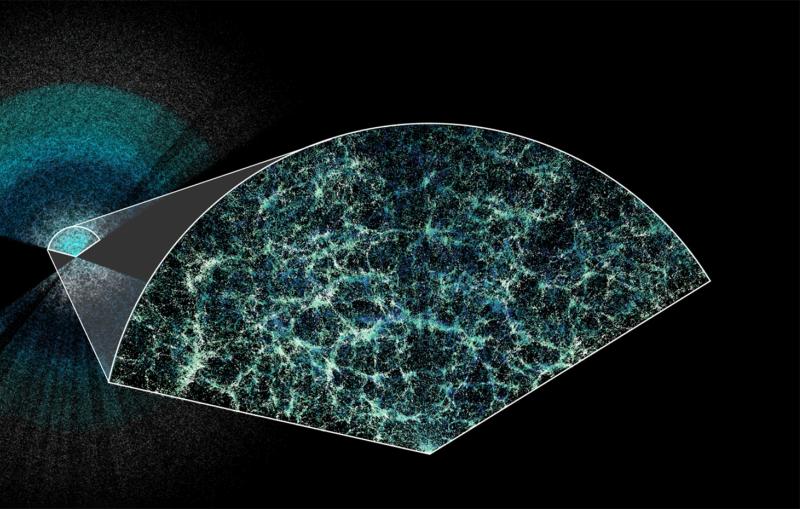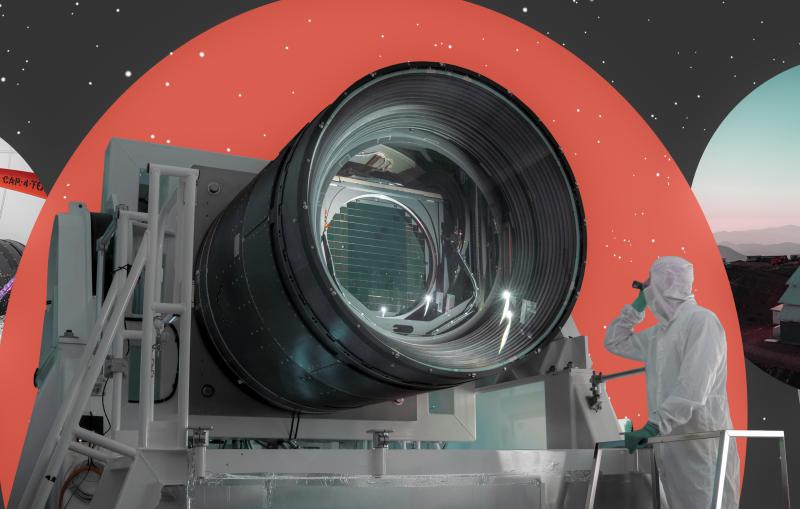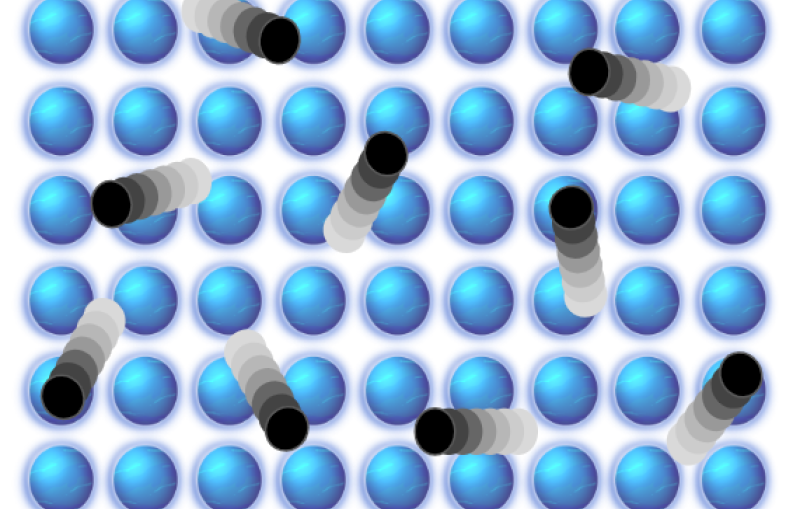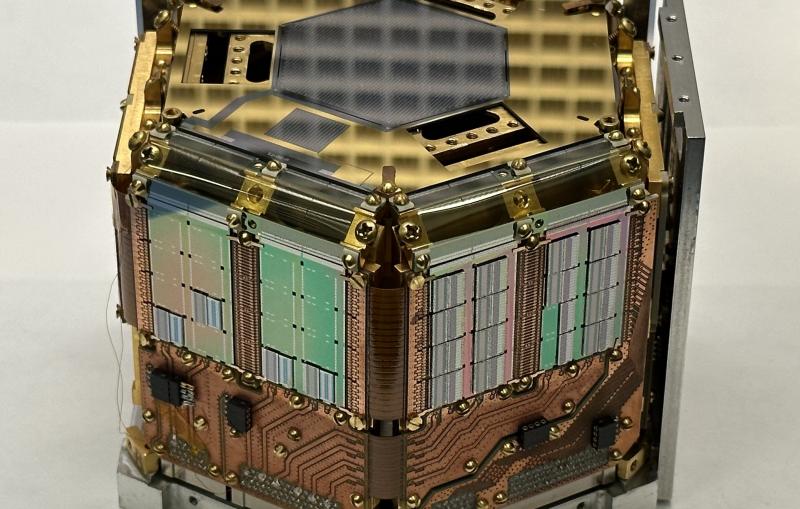March 16, 2014
Particle Physics in the United States
More than 150 US universities and laboratories are engaged in particle physics research and technology innovation, playing important roles in the Higgs boson and cosmic inflation discoveries—and the many more revelations still to come.
symmetry magazine More than 150 US universities and laboratories are engaged in particle physics research and technology innovation, playing important roles in the Higgs boson and cosmic inflation discoveries—and the many more revelations still to come.

Dig Deeper





